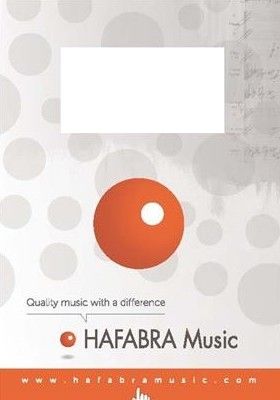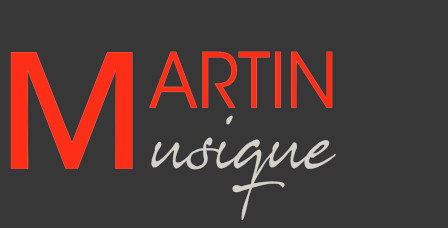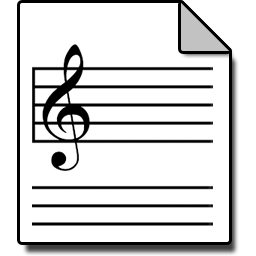Auf Bestellung, in der Regel innerhalb von 10 Tagen versandt
HEIJO CORRIDOR für blasorchester
Set Blasorchester (MT880-BA) :
€ 176,19


Partitur des Leiters (MT880-CO) :
€ 34,82



YOSUKE FUKUDA
Verleger : Martinus
Verleger : Martinus
Grade : Or:5
Dauer : 8'00
Gattung : Orchester
Gruppe : Blasorchester
Stil und Optionen : Originelle Musik
Dauer : 8'00
Gattung : Orchester
Gruppe : Blasorchester
Stil und Optionen : Originelle Musik

Heijo Corridor - An ancient route to NARA
This work was premiered at the "1300th Anniversary Ceremony'' held in Nara, Japan in 2010. The world knows that Japan's current capital is Tokyo. However, the first city in Japanese history was built in 710 A.D. in Nara's Heijo-kyo. A delegation from Japan at the time headed to Tang (present-day China) to learn about the international situation. By conveying the unfamiliar culture that existed on the continent, the Japanese felt that their eyes were greatly opened. The basic form of the Japanese nation was then established. Heijo-kyo became the final destination of the Silk Road that connected Europe and Japan. The work was created to symbolize the powerful Japanese culture that has continued from the past to the present. Accompanied by percussion instruments such as Japanese drums, ・Symbol of the sea ・
For the future, the delegation rides the rough waves of the sea and travels between the continent and Japan. ・Pious prayer ・A heroic festival
The songs are composed using these themes while symbolizing Japan's indigenous nature.
About the performance
If Japanese drums are not available, use concert percussion instruments. (Tom-toms, Bongos, etc.)
This work was premiered at the "1300th Anniversary Ceremony'' held in Nara, Japan in 2010. The world knows that Japan's current capital is Tokyo. However, the first city in Japanese history was built in 710 A.D. in Nara's Heijo-kyo. A delegation from Japan at the time headed to Tang (present-day China) to learn about the international situation. By conveying the unfamiliar culture that existed on the continent, the Japanese felt that their eyes were greatly opened. The basic form of the Japanese nation was then established. Heijo-kyo became the final destination of the Silk Road that connected Europe and Japan. The work was created to symbolize the powerful Japanese culture that has continued from the past to the present. Accompanied by percussion instruments such as Japanese drums, ・Symbol of the sea ・
For the future, the delegation rides the rough waves of the sea and travels between the continent and Japan. ・Pious prayer ・A heroic festival
The songs are composed using these themes while symbolizing Japan's indigenous nature.
About the performance
If Japanese drums are not available, use concert percussion instruments. (Tom-toms, Bongos, etc.)




